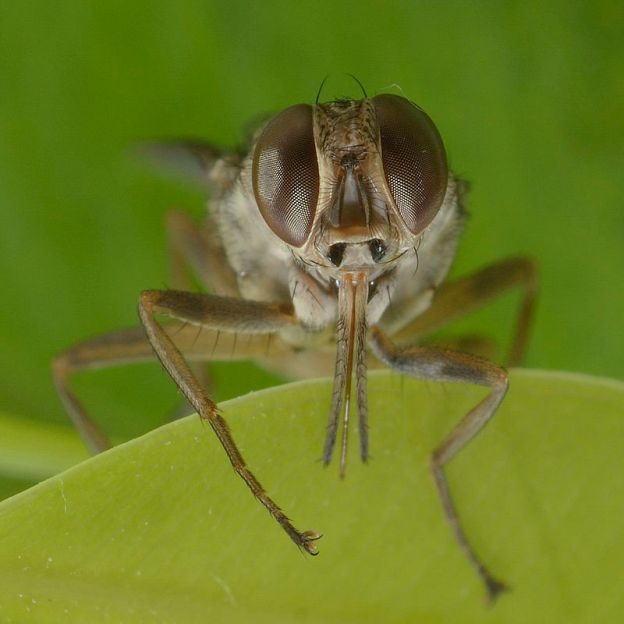In July 2019, a combination of the nuclear sterile insect technique (SIT) with the incompatible insect technique (IIT) has led to the successful suppression of mosquito populations, a promising step in the control of mosquitoes that carry dengue, the Zika virus and many other devastating diseases. The results of the recent pilot trial in Guangzhou, China, carried out with the support of the IAEA in cooperation with the Food and Agriculture Organization of the United Nations (FAO), were published in Nature on 17 July 2019.
SIT is an environmentally-friendly insect pest control method involving the mass-rearing and sterilization of a target pest using radiation, followed by the systematic area-wide release of sterile males by air over defined areas. The sterile males mate with wild females, resulting in no offspring and a declining pest population over time. IIT involves exposing the mosquitoes to the Wolbachia bacteria. The bacteria partially sterilizes the mosquitoes, which means less radiation is needed for complete sterilization. This in turn better preserves the sterilized males’ competitiveness for mating.
The main obstacle in scaling up the use of SIT against various species of mosquitoes has been overcoming several technical challenges with producing and releasing enough sterile males to overwhelm the wild population.
For example, the researchers used racks to rear over 500 000 mosquitoes per week that were constructed based on models developed at the Joint FAO/IAEA Division’s laboratories near Vienna, Austria. A specialized irradiator for treating batches of 150 000 mosquito pupae was also developed and validated with close collaboration between the Joint FAO/IAEA Division and the researchers…The results of this pilot trial, using SIT in combination with the IIT, demonstrate the successful near-elimination of field populations of the world’s most invasive mosquito species, Aedes albopictus (Asian tiger mosquito). The two-year trial (2016-2017) covered a 32.5-hectare area on two relatively isolated islands in the Pearl River in Guangzhou. It involved the release of about 200 million irradiated mass-reared adult male mosquitoes exposed to Wolbachia bacteria…

Experts in China plan to test the technology in larger urban areas in the near future using sterile male mosquitoes from a mass-rearing facility in Guangzhou, said Zhiyong Xi, Director of Sun Yat-sen University-Michigan State University’s Joint Center of Vector Control for Tropical Diseases and Professor at Michigan State University in the United States
Excerpts from Miklos Gaspar & Jeremy Bouye, Mosquito Population Successfully Suppressed Through Pilot Study Using Nuclear Technique in China, IAEA Press Release, July 18, 2019


